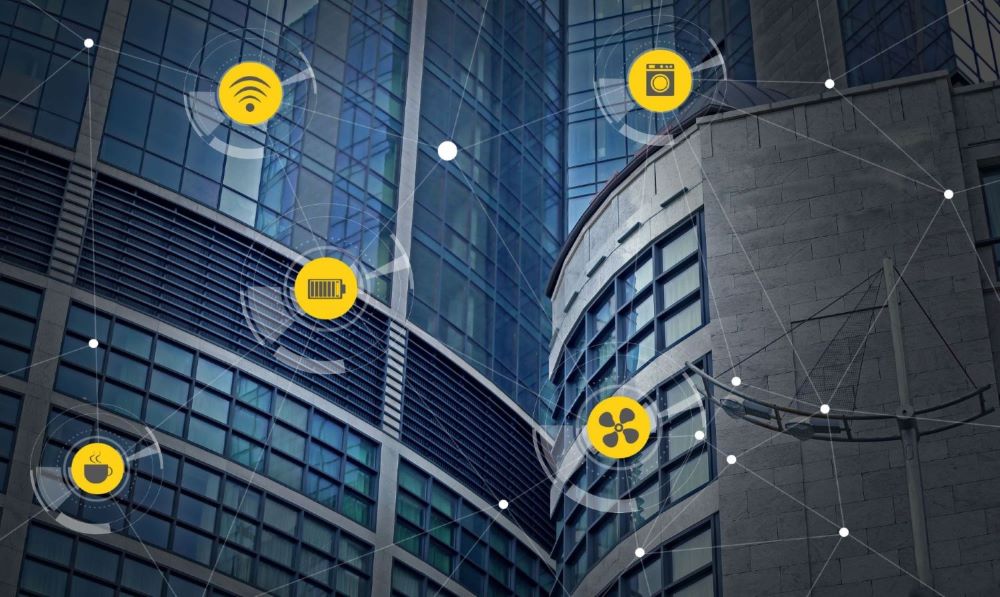Why BMS Serves as a Role Model for Other Industries
At the heart of every modern building, there is a building management system (BMS) that controls the heating, ventilation, and air conditioning (HVAC), the lighting and security systems, the fire suppression systems, and more. Building managers rely on BMS consoles to streamline and optimize a building’s operations and ensure the tenants’ environment is comfortable and safe. A BMS needs to operate reliably whether it is in an on-premises data center or a public cloud environment, such as AWS EC2, Azure, or Google Cloud Platform (GCP). There are several approaches to protecting a BMS from downtime and disasters—using fault tolerant (FT) solutions, high availability (HA) solutions, and disaster recovery (DR) solutions—but determining which approach is best depends upon multiple considerations.
How SIOS Ensures HA for BMS
SIOS’ EMEA Technical Director Harry Aujla explains in this TFiR video interview why high availability is an integral part of BMS solutions and a good model for other critical applications. He goes on to explain some of the ways BMS has evolved over the years with the increasing reliance on IT. He says, “If BMS customers fully understand how high availability works on the cloud, then I think we’ll see a more significant migration of BMS solutions to cloud platforms.”SIOS Technology Corporation provides high availability cluster software that protects & optimizes IT infrastructures with cluster management for your most important applications. Contact us today for more information about our professional services and support.



